Perhaps best expressed in the words of Effi Briest: “It is a broad field.” Anne-Catherine Fleith, Michael Obrist, Peter Zoderer, Mario Painter, and Richard Scheich, who met through diverse universities and ERASMUS corners, probably also considered this sentiment when founding the architecture collective feld72 in 2002. This group of five are not just architects, but also experimental and artistic creators of spaces and cities. Their goal was to create positive long term change within environments through intelligent and precise interventions. They consider their work an interface between architecture, art and applied urbanism.A good example is their project ‘The Million Donkey Hotel,’ which involved transforming a village close to Naples along with its inhabitants, in only four weeks and with a very limited budget. Themes of ‘identity’ and ‘social space’ influenced their work. Projects like this have helped the members of feld72 to gain international fame in the field of architecture. Many of their creations and projects have not only been exhibited at several biennials, but also also awarded an array of accolades.Their ideas are forged inside an old factory within the seventh district of Vienna. Over the years many creatives have worked and socialized in this space. Wild parties thrown in the Stiegenhaus have become somewhat legendary. But not only success is celebrated here, a lot of intense hard work is undertaken to earn it. Anne Catherine Fleith and Michael Obrist took their time to talk about their work with us and Richard Scheich invited us to his apartment not far away.
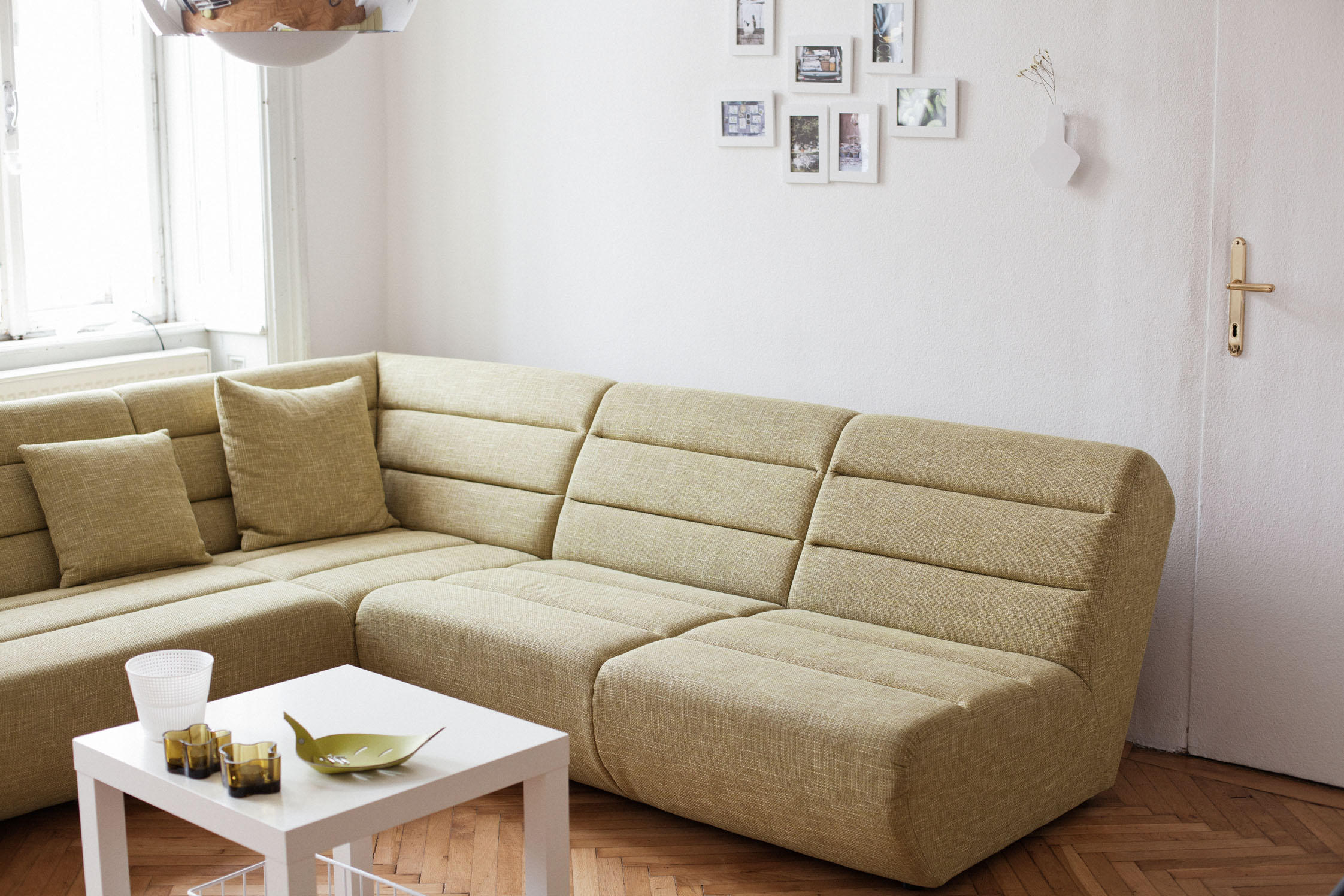
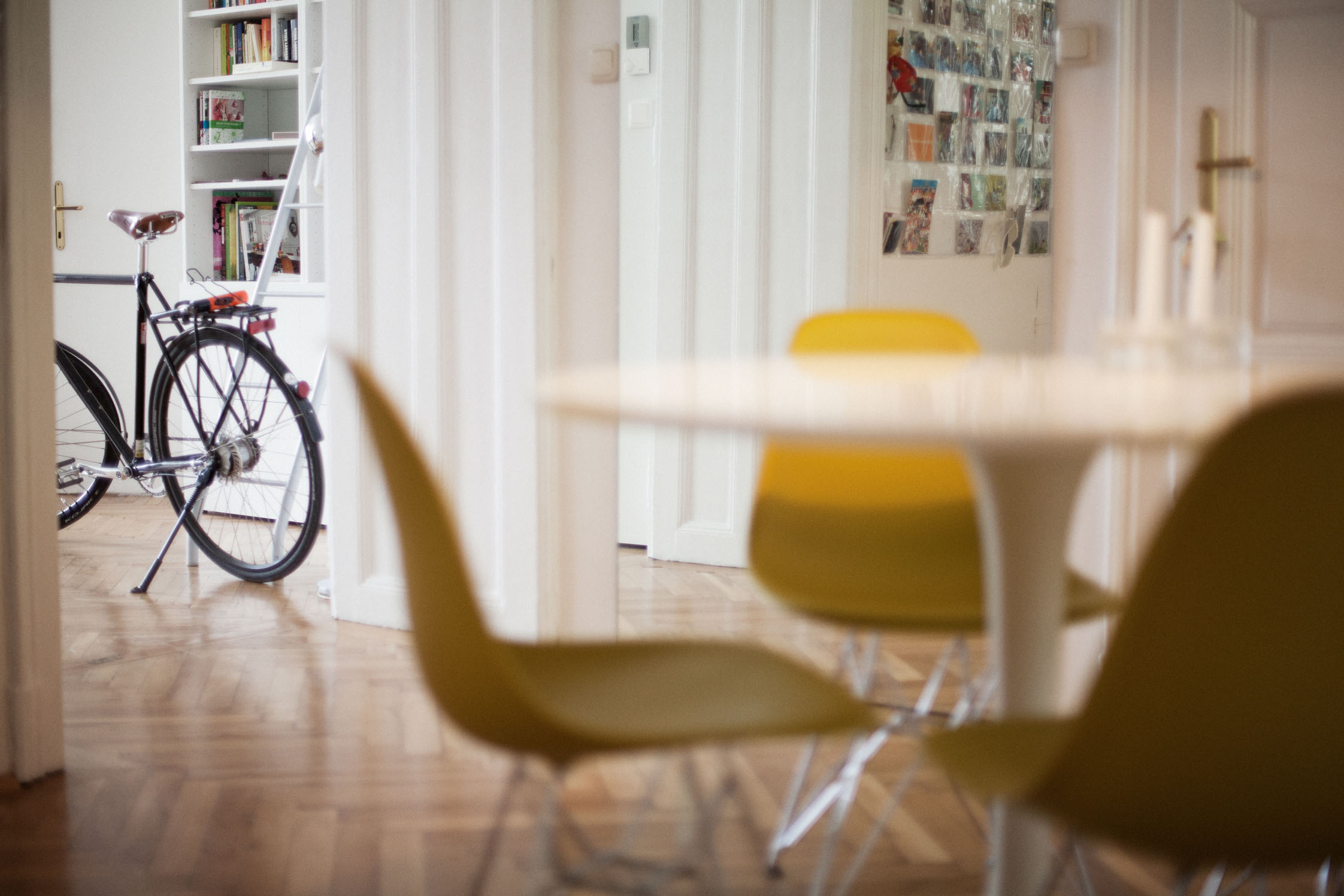
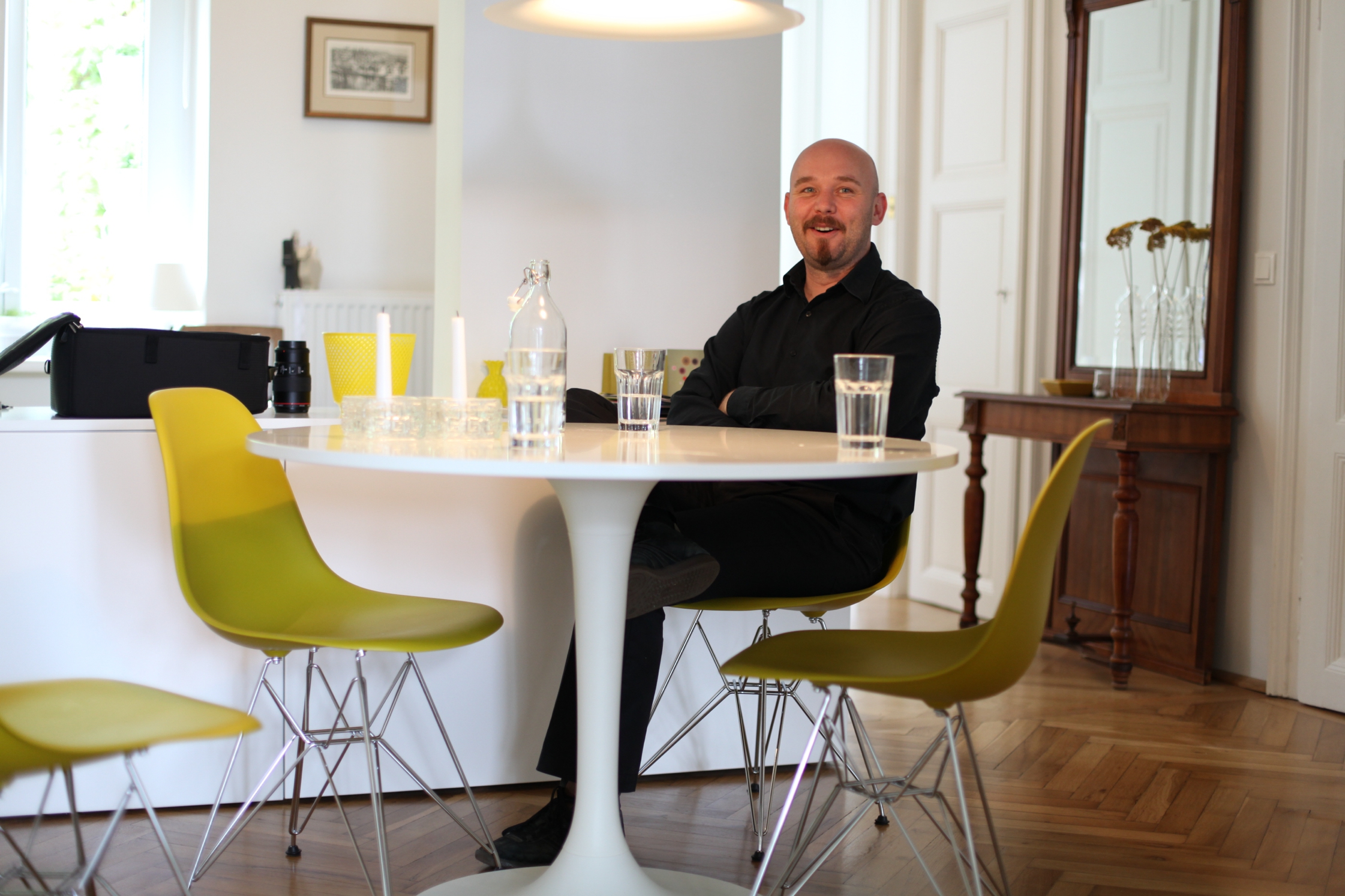
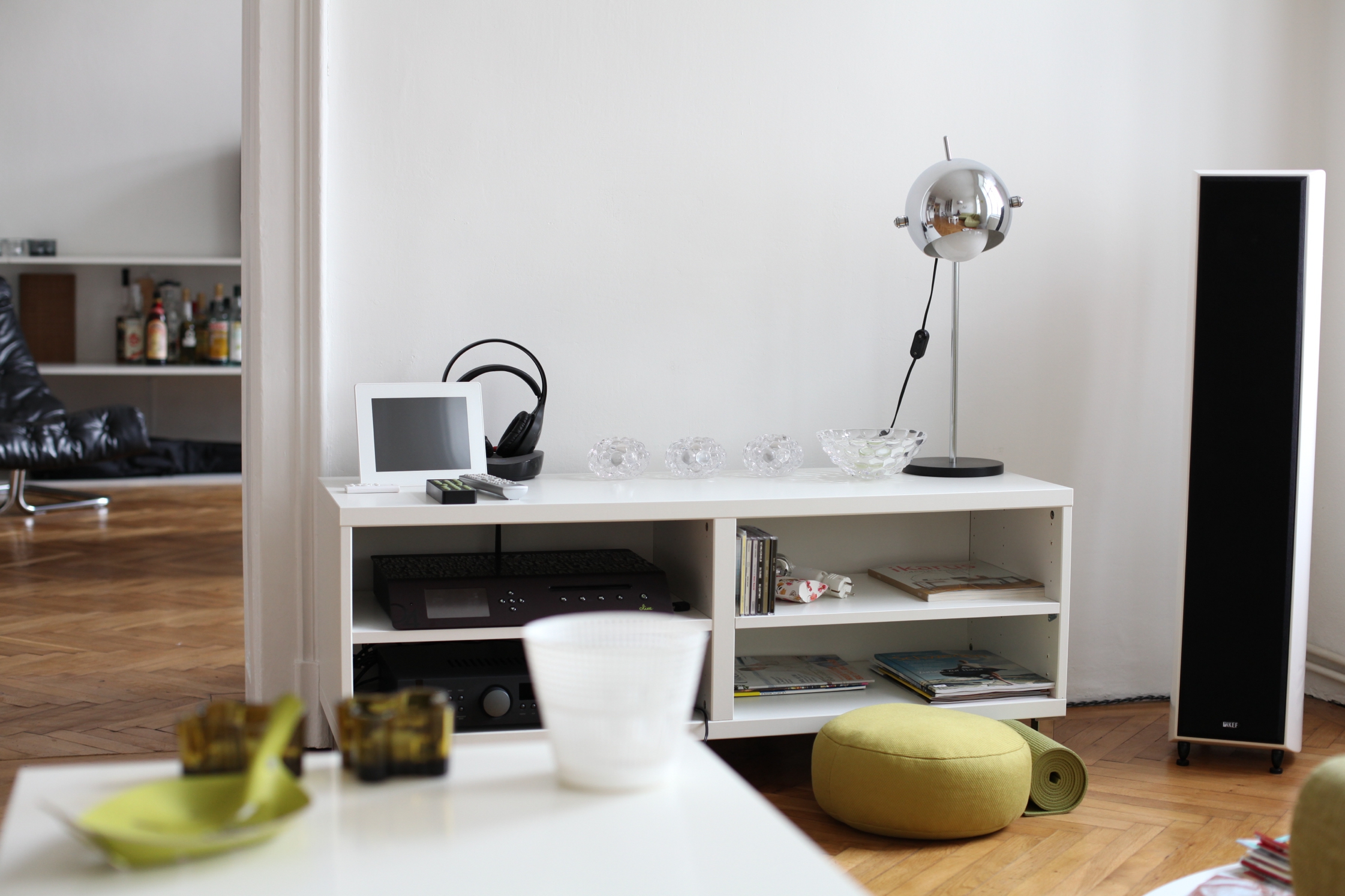
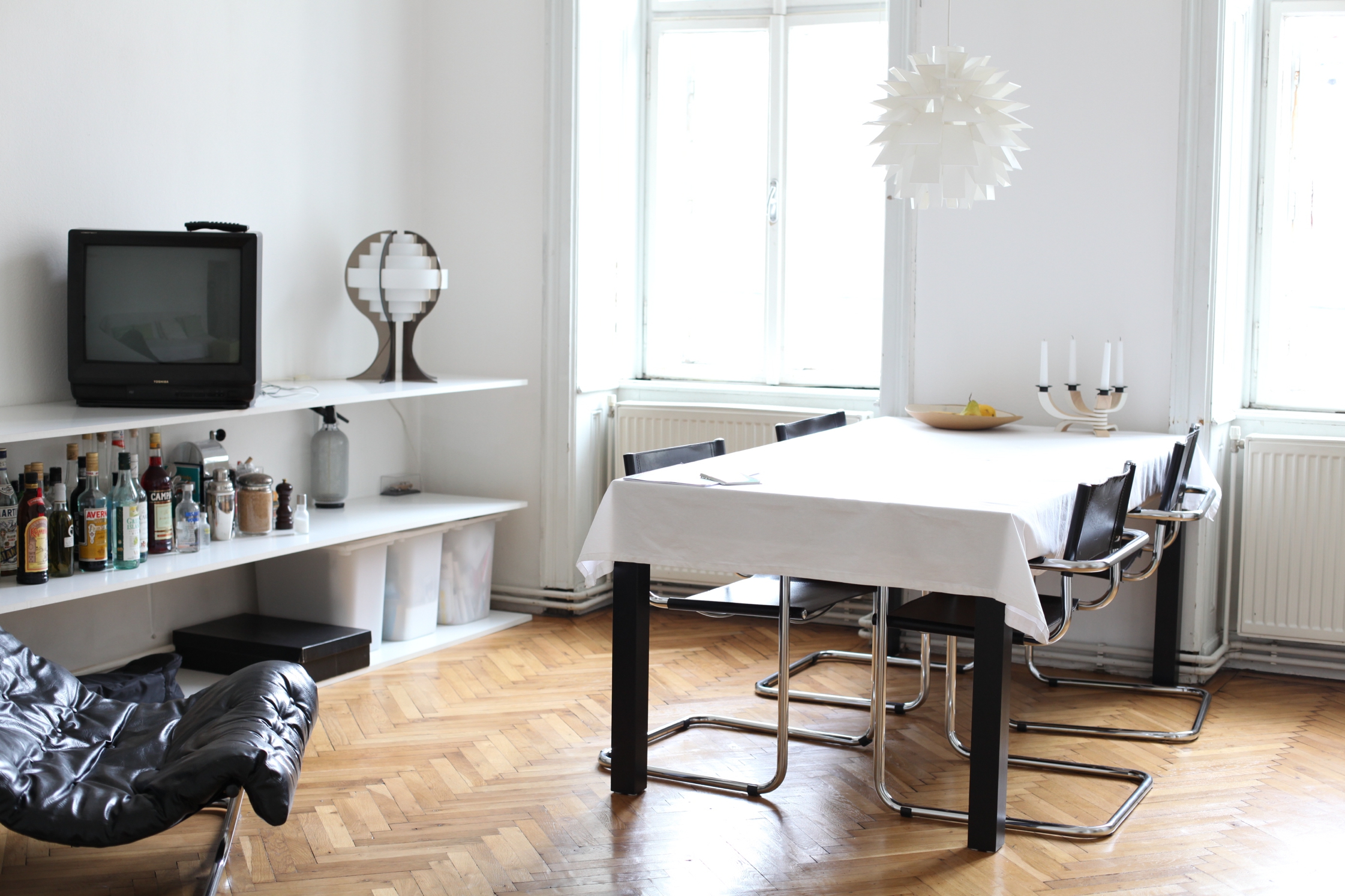
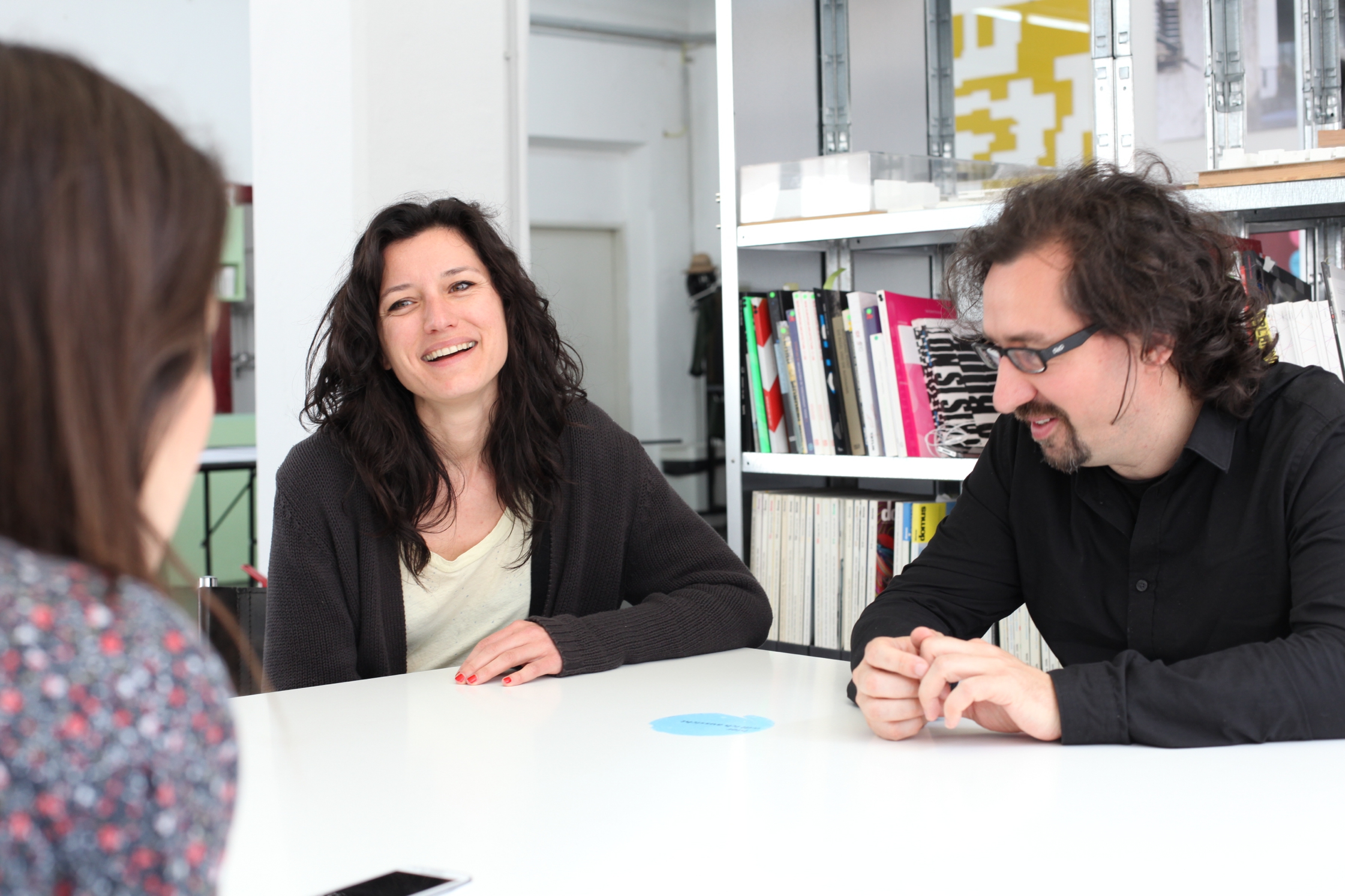
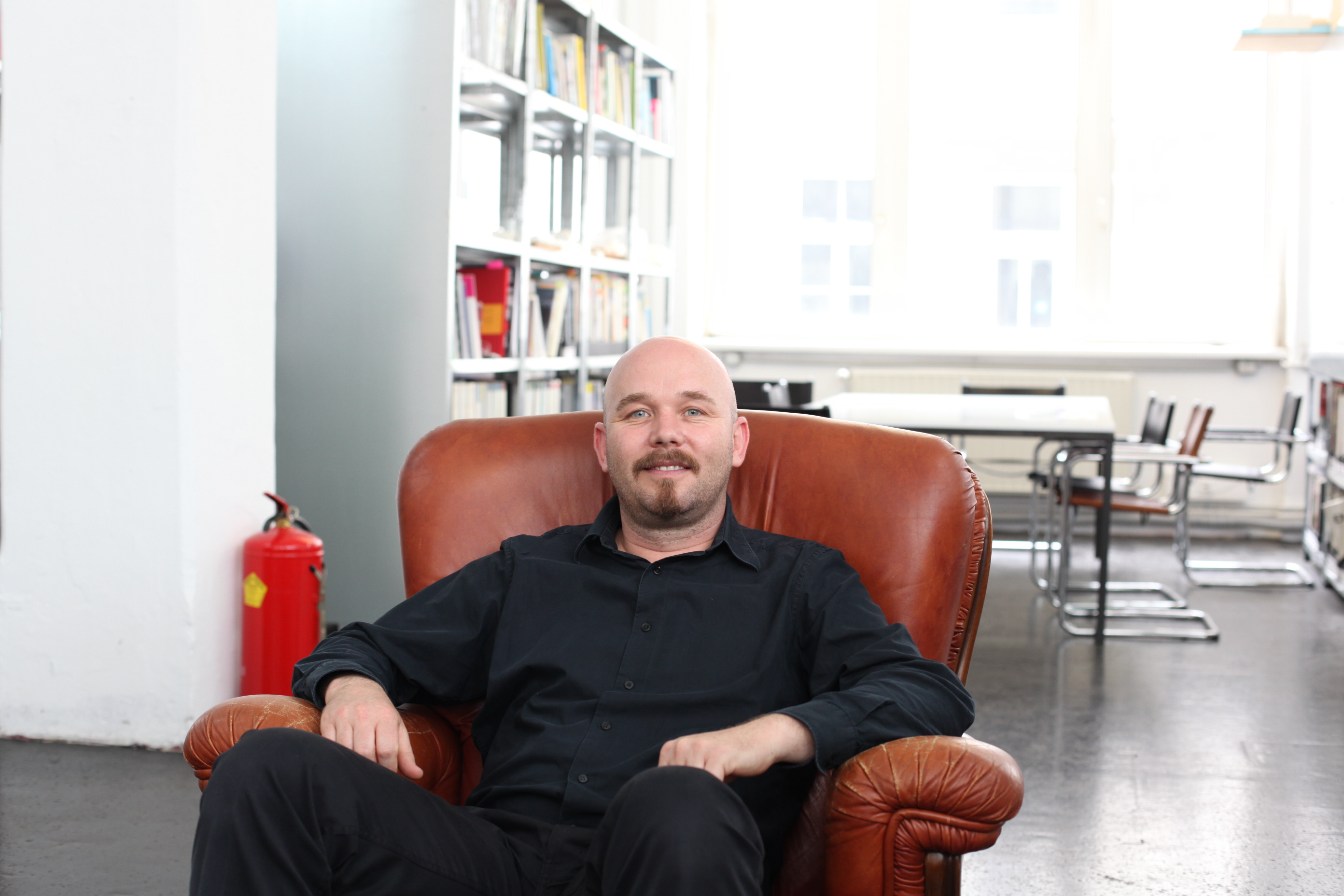
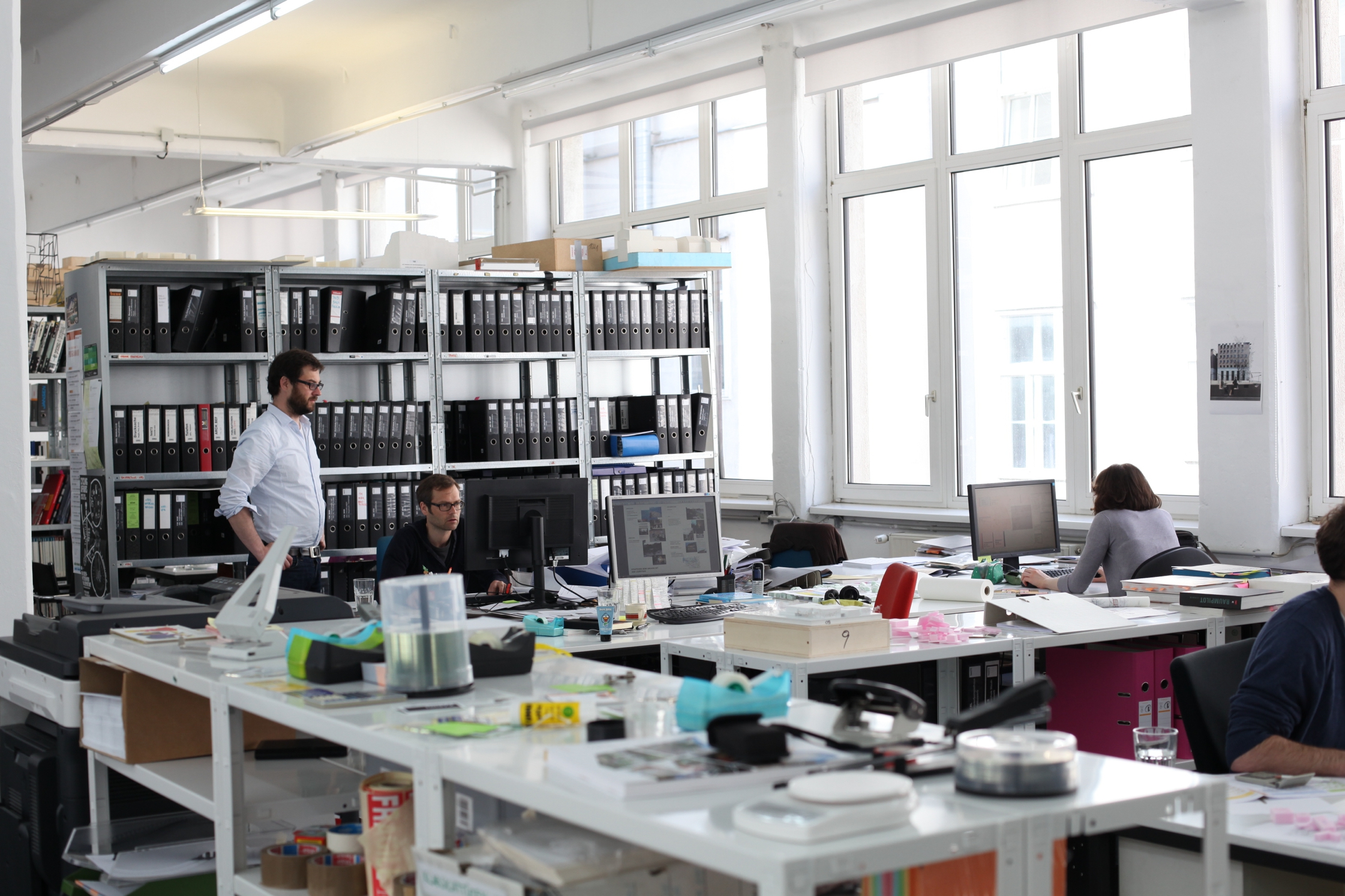
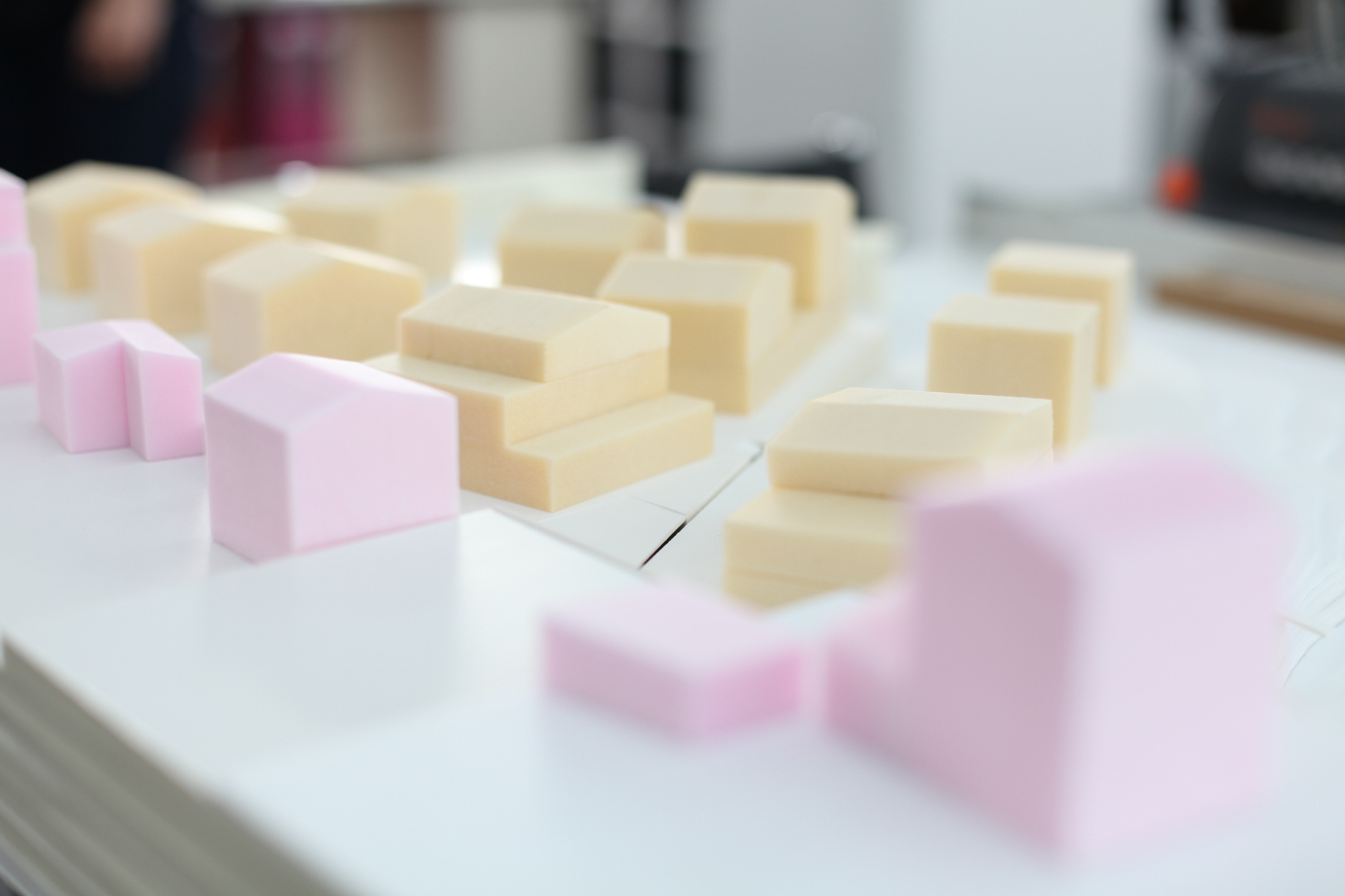
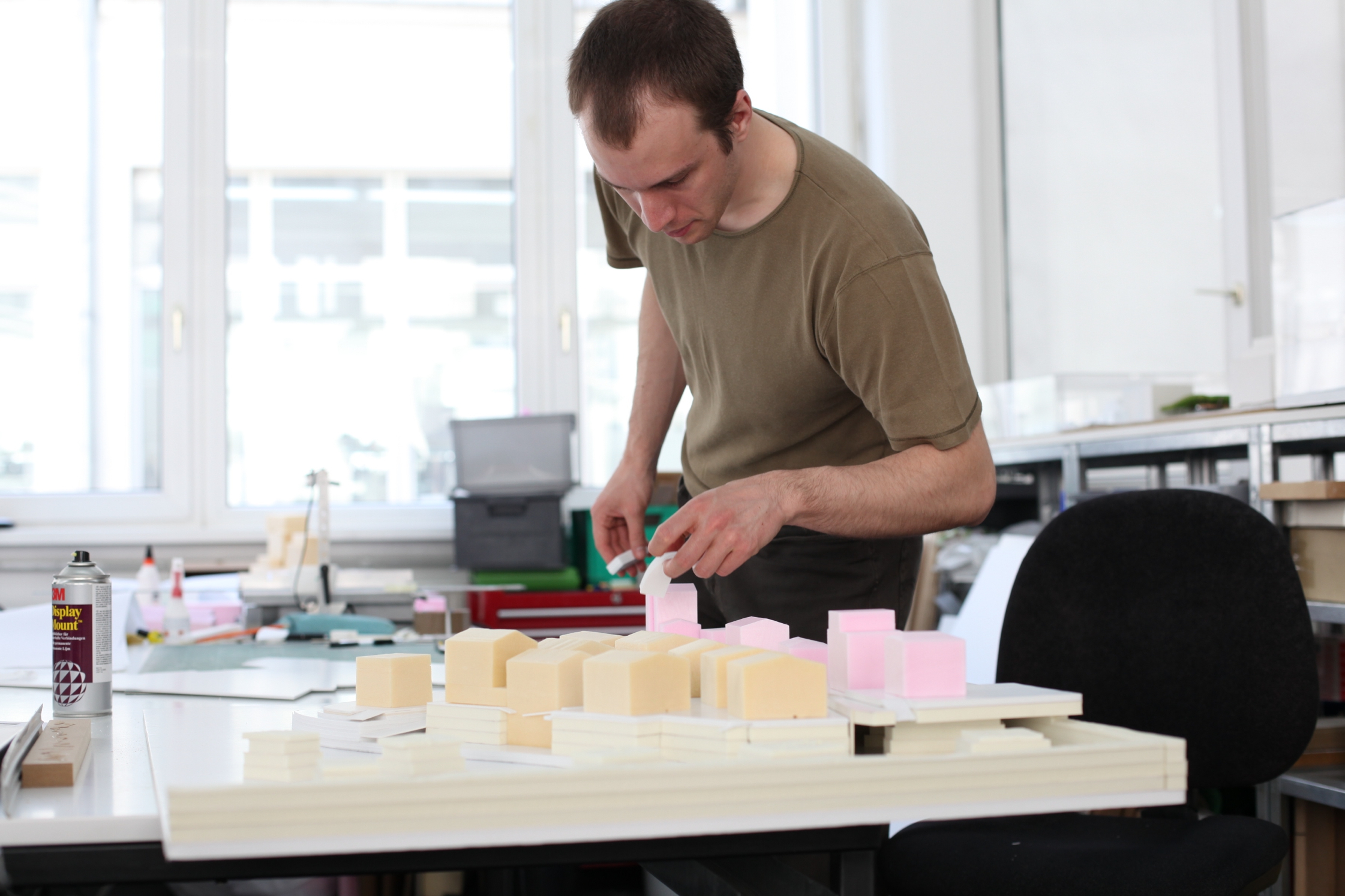
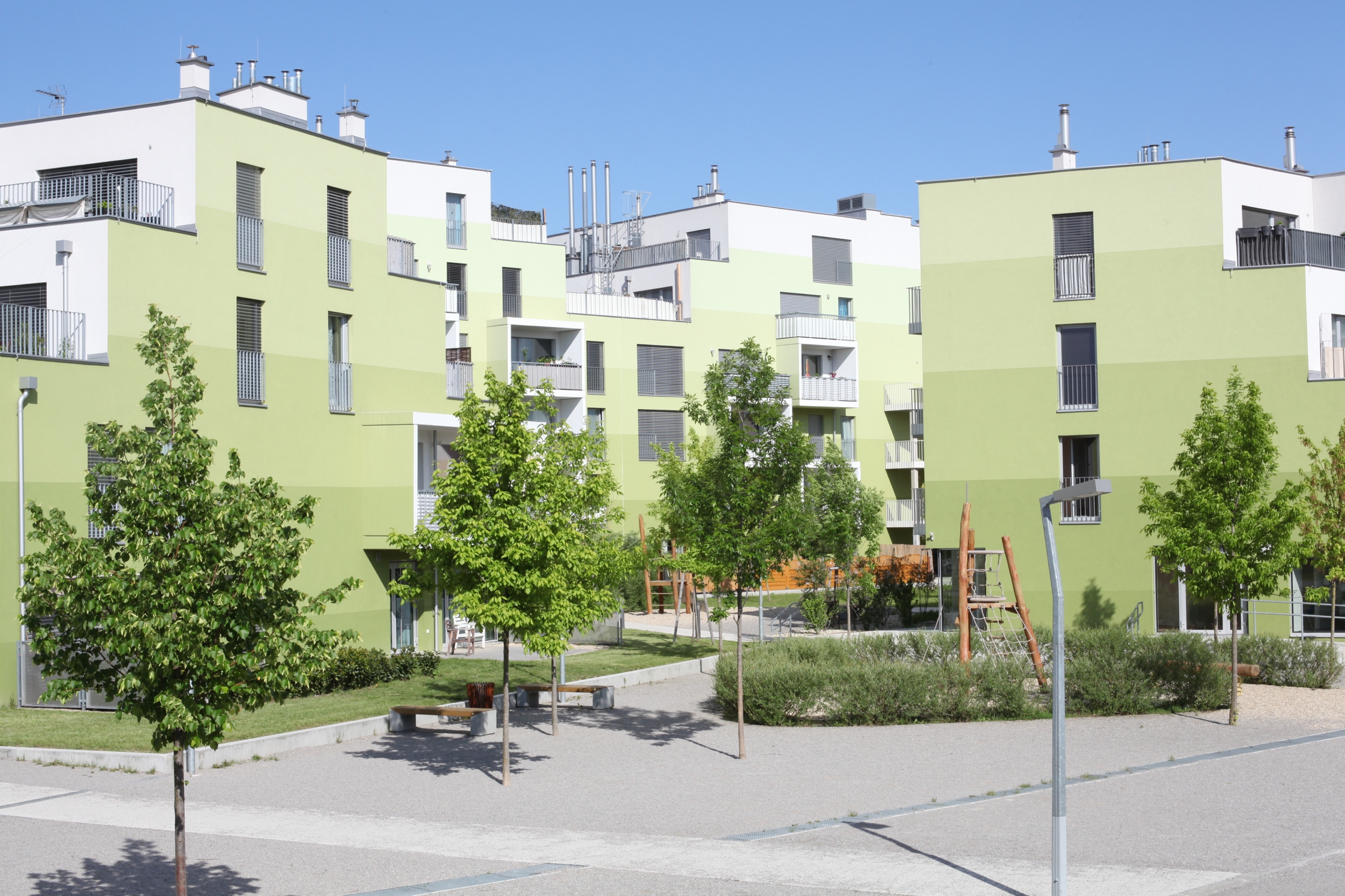
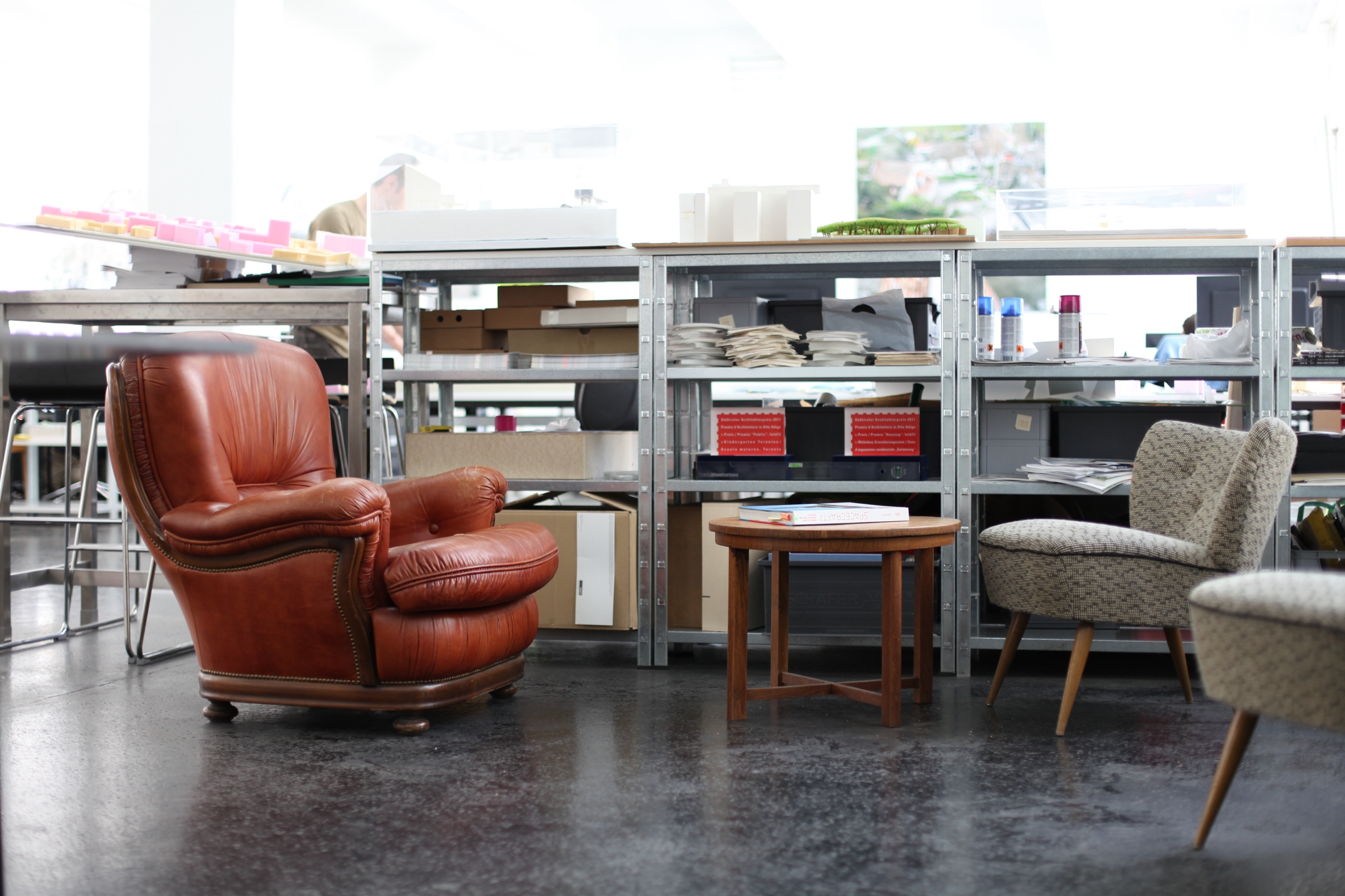
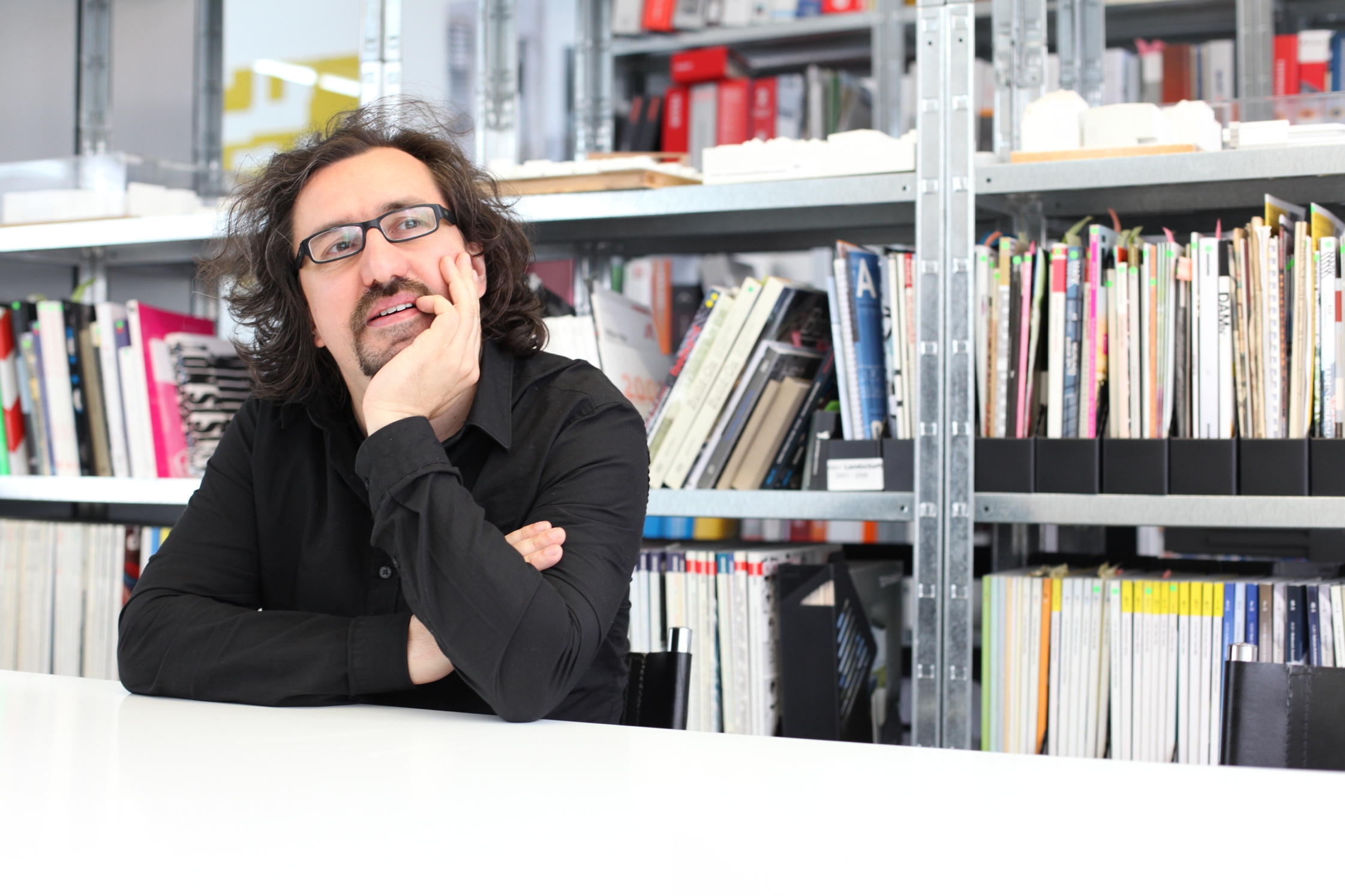
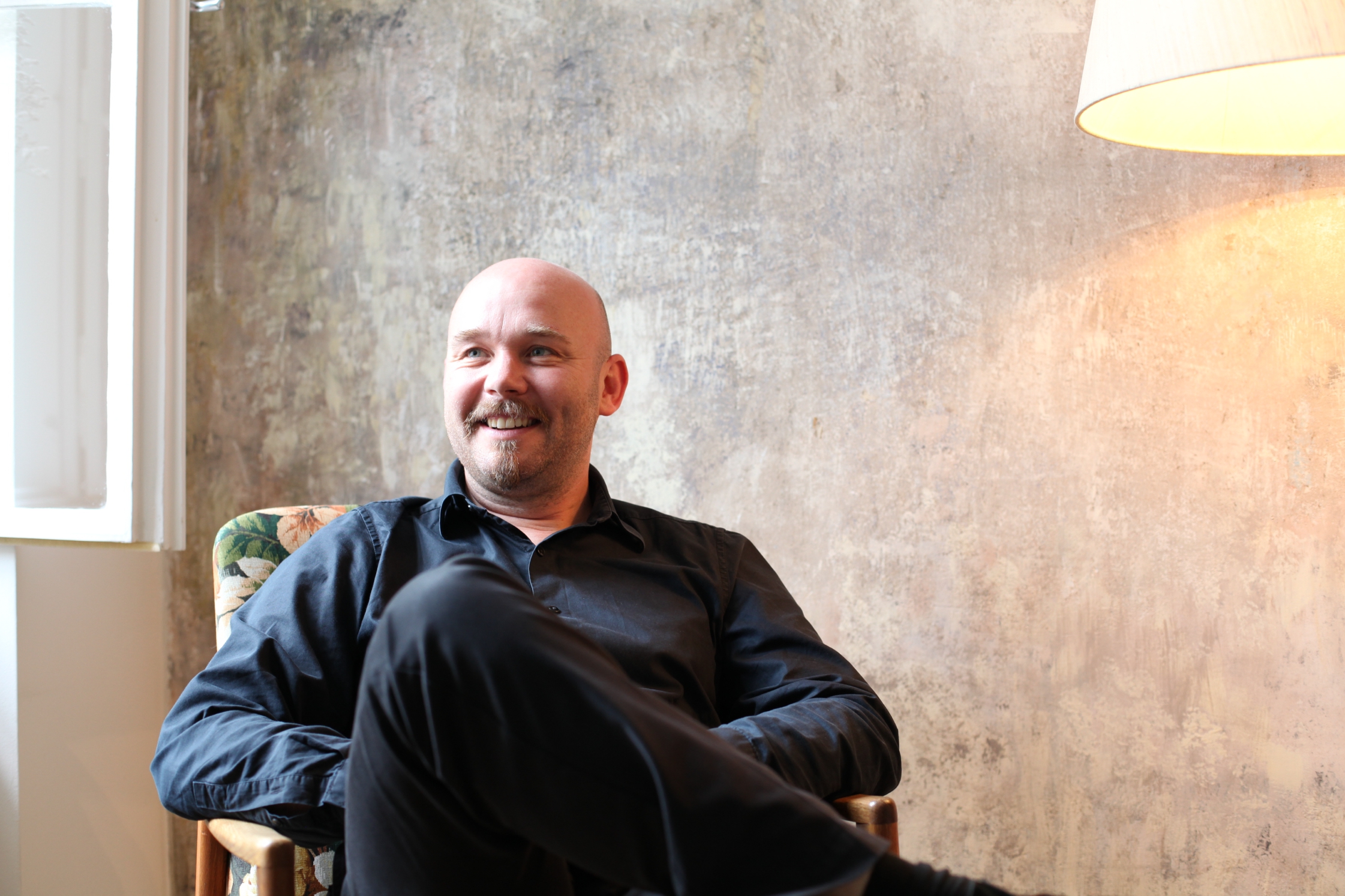
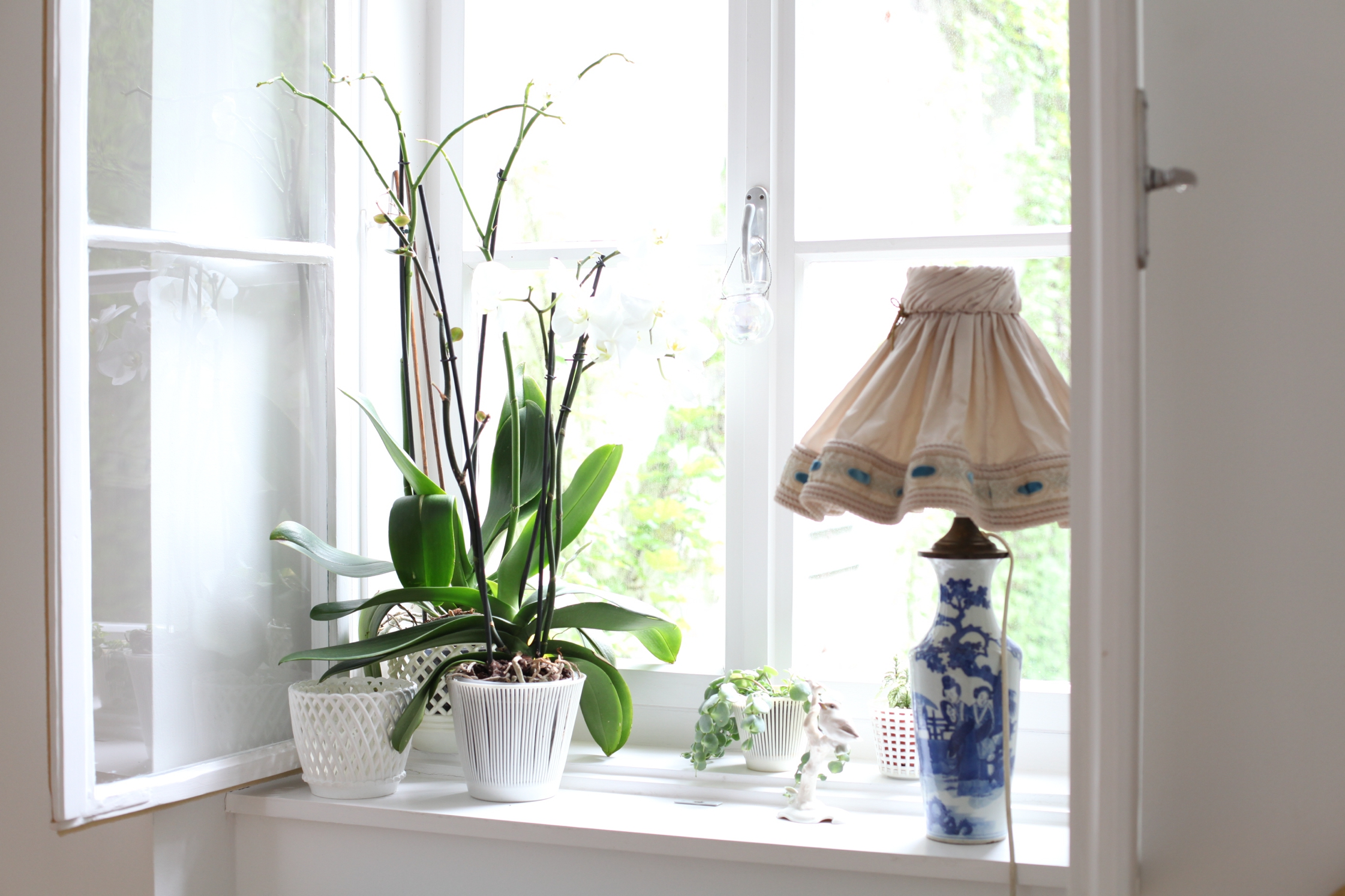
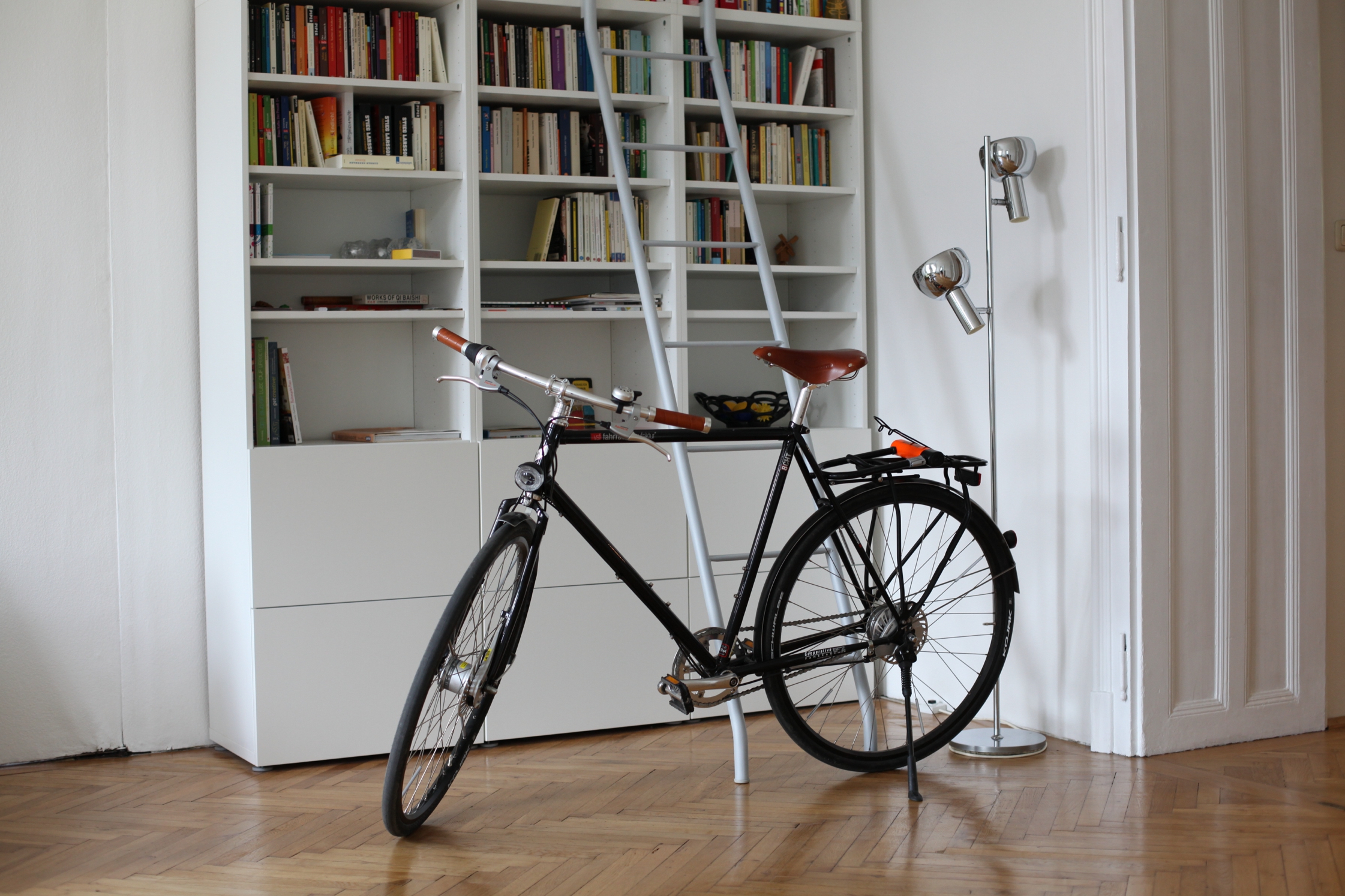
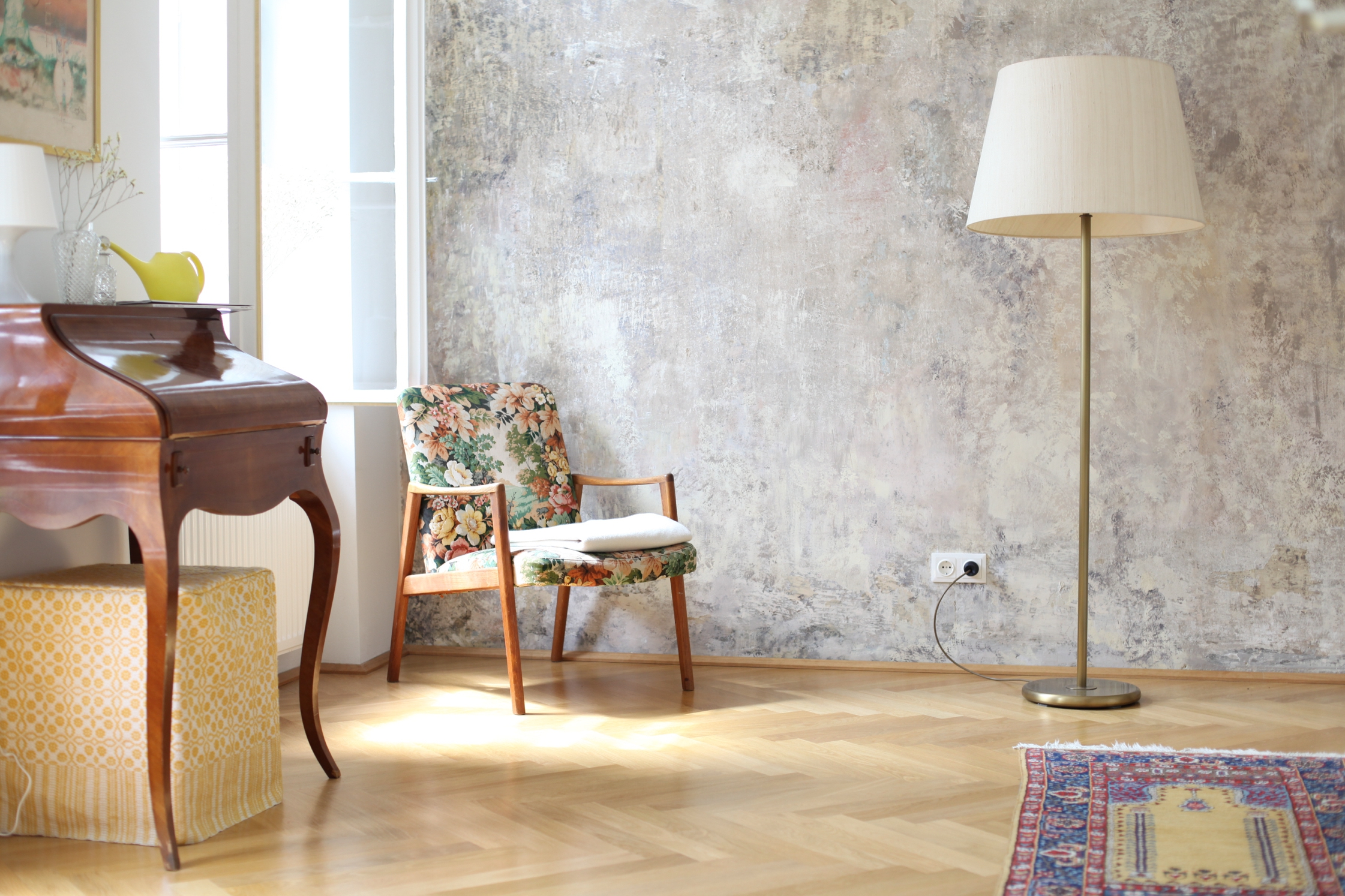
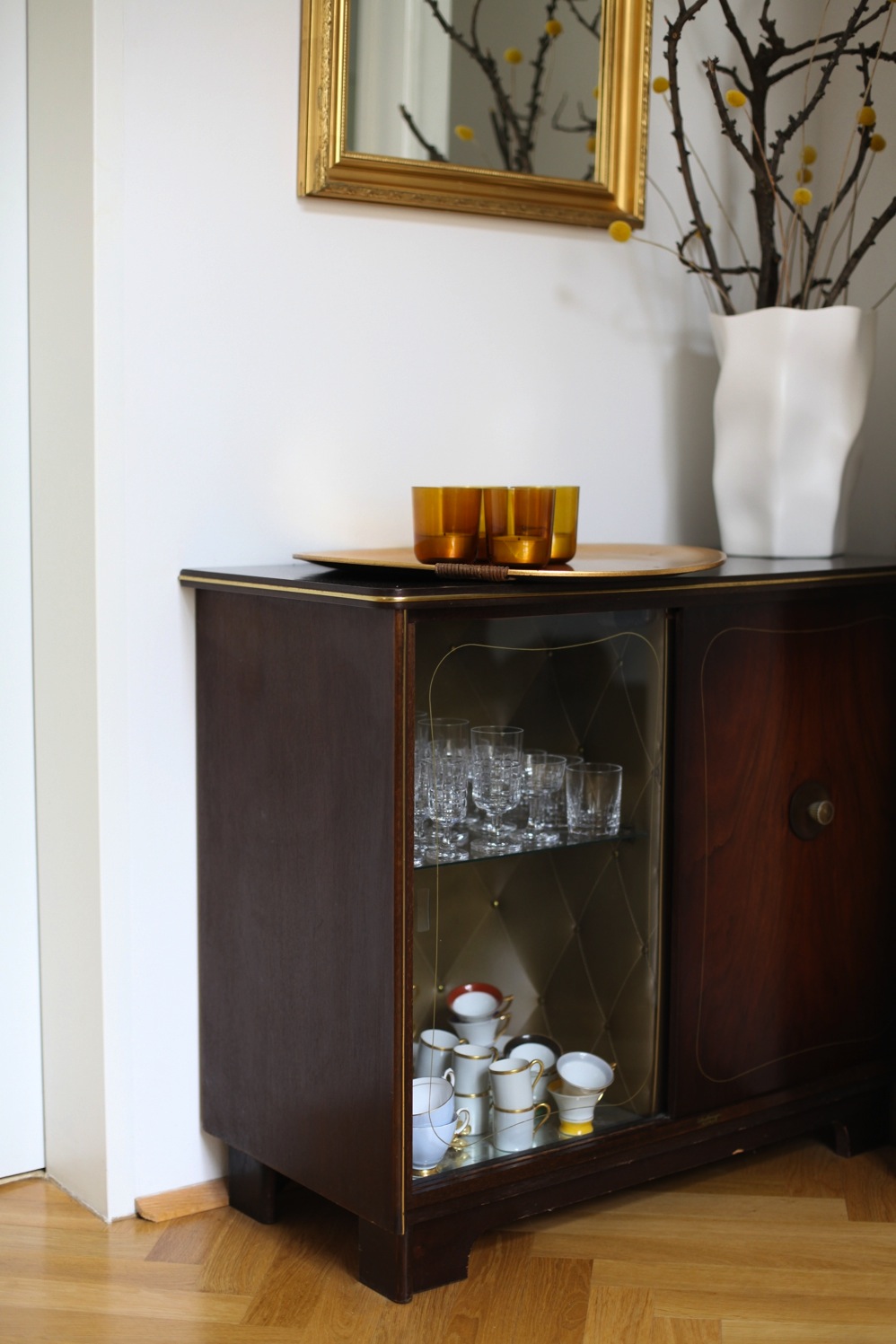
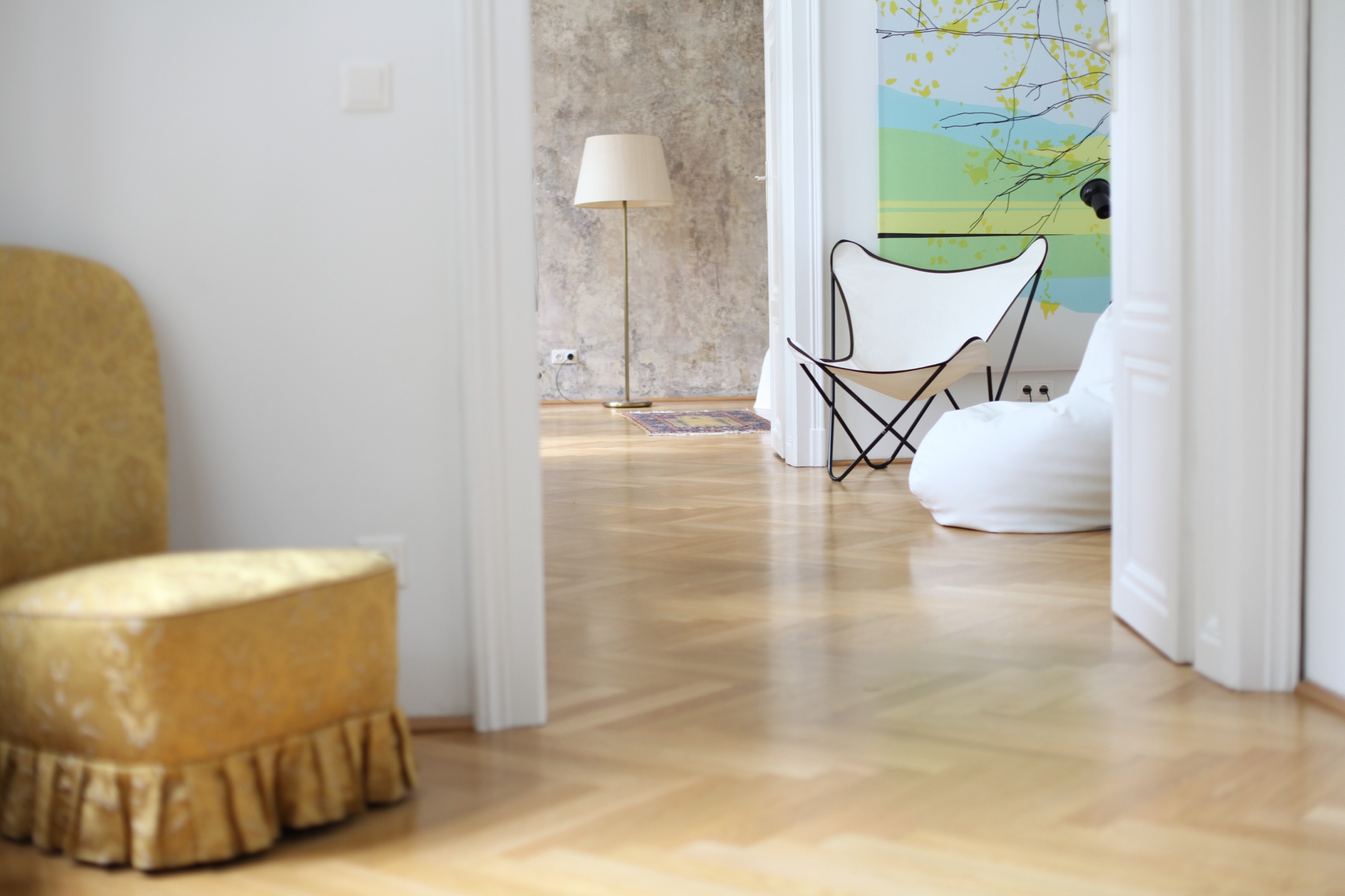
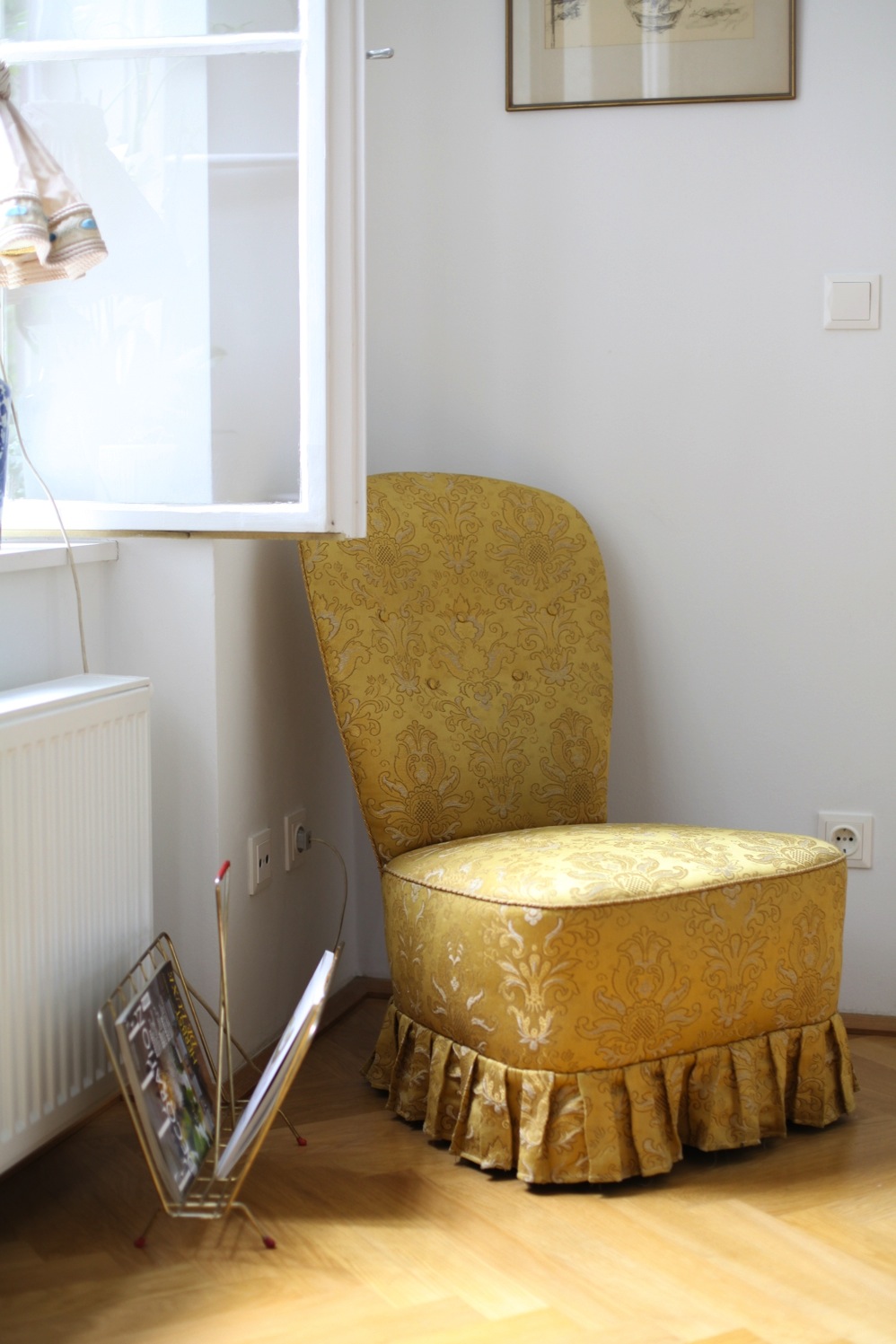
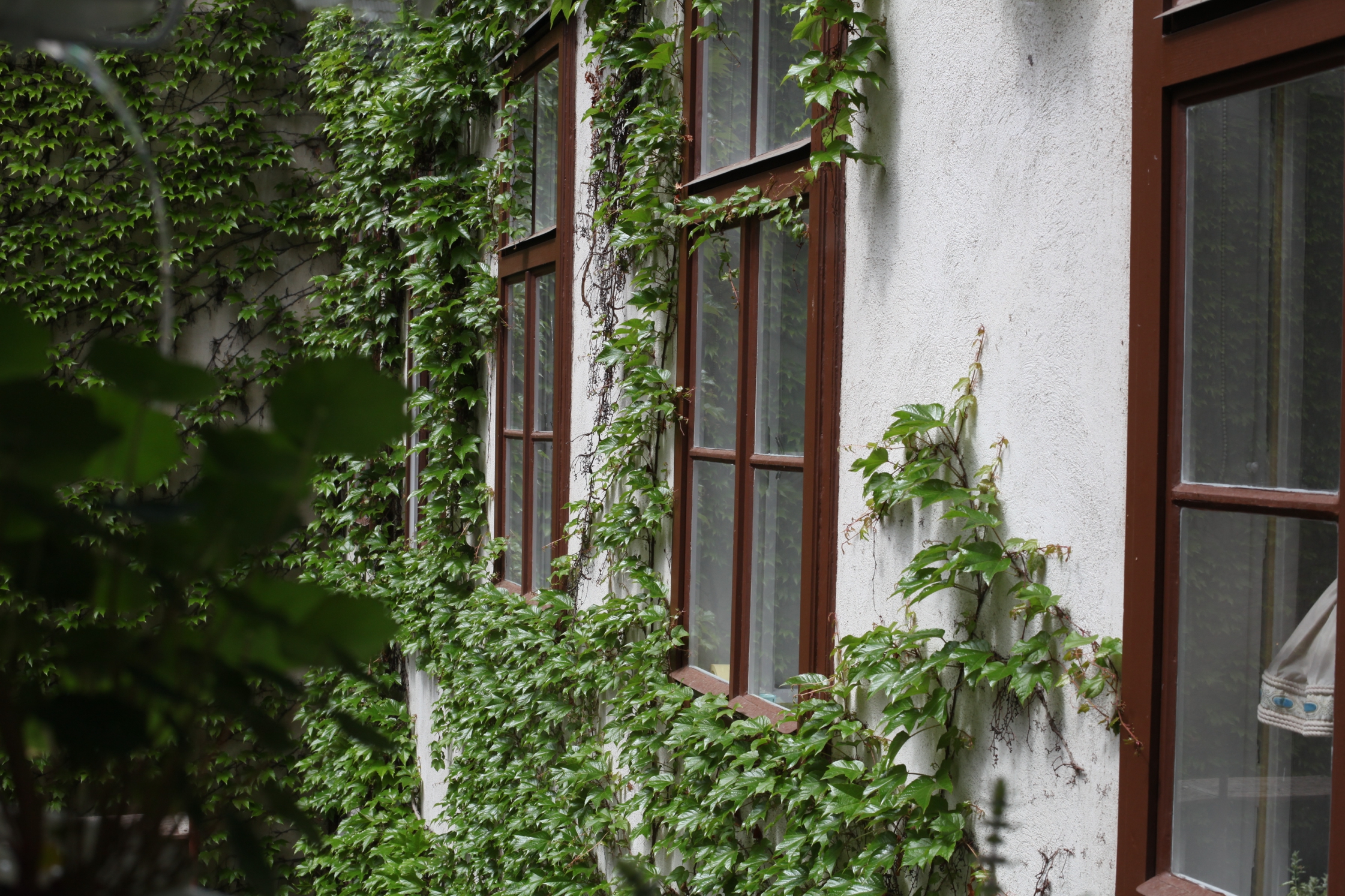
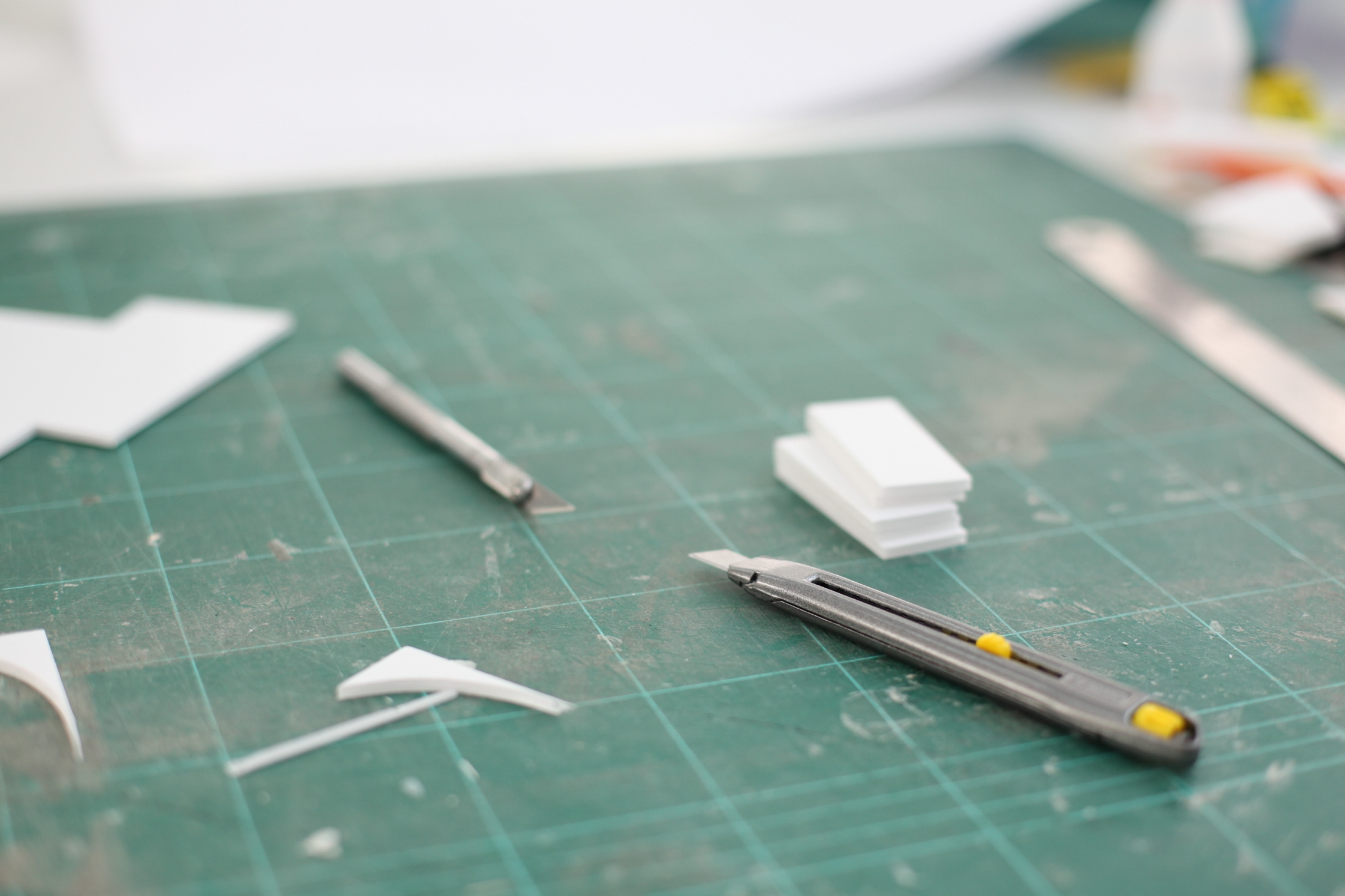
How was feld72 established?
Michael: We first met each other through a range of different circumstances. Four of us had studied at TU – Technical University – in Vienna. I met Peter after my ERASMUS program in England at a workshop in Marseille. I met Mario at the TU and Richard through a common friend. Anne-Catherine was in Strasbourg and did an ERASMUS year in Delft, just like Mario and Peter. This is where they all met. We actually were the first generation to experience ERASMUS and to experience an architecture education that changed through the general transition from drawing by hand to drawing on the computer. It was a very noticeable societal change, especially in Europe. It was coincidence that we all found each other in Vienna.
Anne Catherine: In the beginning there was no real plan to open an architecture office for the five of us. It was more of an atelier where everybody had their own desk and worked on self initiated projects. We gradually realized that we had similar wishes, approaches and questions in regards to open space, and this is essentially how we got together.
So you founded the studio right after university? Was it very hard to find clients?
Anne-Catherine: This comes back to self initiated projects. As none of us comes originally from Vienna, there was no pre-existing network. But all of us had the shared vision and desire to move ‘something.’ We wanted to work on self initiated projects. Parallel to this, we also participated in competitions – some of which we even won. Step by step we became better recognized.
Michael: Many of our customers were private. They would either start a competition or were cultural institutions, and would find our work attractive. Most of our big projects have been public works with tenders linked to the European competitive system. So far, we have always worked simultaneously on projects of completely different standards and budgets – momentarily, the arch stretches from interventions within the public space for the arts with very limited budgets, to major 60 million Euro projects. They are completely different worlds, but this is what makes this so exciting. All of these projects, independent of their individual budget, are given the same significance.
What makes feld72 unique?
Michael: We never thought about what makes our work better than other people’s work, but I guess when it comes down to it, we differentiate ourselves through parallelism and the broad range of our overall work. There are groups who solely work within the artistic-interventionistic field, and there are others who only like to build. We were always interested in both aspects. This arch is exactly what interests us: to find answers to the complexity of the habitat and an understanding of social space that forms and surrounds us. We are interested in how humans interact through and within buildings. As a consequence of such diversity of work we have been able to enter different fields. The works are classified according to country and the subsequent discourse: from architecture, to urban planning and to art.
Anne-Catherine: We think that these fields belong together; what we do is the result of a certain attitude or approach.
You also consider your way of working as applied urbanism – why?
Michael: Certain projects are always part of something larger and are referred to the city. This is because they are specifically constructed and carried out on site and not only function as a drawn master plan and counterbalance. Our aim is to strongly integrate the individual as an agent in all projects in order to create platforms for opportunities metaphorically speaking. The works, which we call urban strategies, are about stimulating society’s contemplation through clear, conceptual approaches and clever, easy-to-implement solutions for particular socio-spatial questions. The results not only consist of designed buildings but also strategies, tactics and urban tools.
Anne-Catherine: It really is about pushing the human into the center once more. We use a botttom-up approach. Questions regarding social space concern us all. It is also about how people start to observe their environment anew and integrate within a space consciously.
What were the reactions like?
Michael: We were invited to work on more and more projects. There have been ‘on-site’ projects that involved working with places and people, realizing projects together. We have been very lucky to have been able to explore some truly exciting locations both socially and contentually. We started with a project in Vienna. Later on we designed the ‘Million Donkey Hotel’ in Southern Italy and also one within the public space of a Chinese megalopolis.
We started with a small project in Vienna and then, later on, we realized projects like the Million Dollar Donkey Hotel and Public Trailer for Shenzhen’s public space.
What is the ‘Million Donkey Hotel?’
Michael: It is a commissioned EU Project which took place in the South of Italy, North-East of Naples. The project is located within an area which is influenced a lot by the migratory movement and a the resulting decline in population. We were invited to grapple with the community of Prata Sannita and had the idea to develop a coherently diffused hotel from all the empty places within the village. The vacant place, which symbolized some kind of loss, suddenly became this potential for communication and exchange. We had a budget of 10,000 Euros and 60 volunteers from the village in order to build this somewhat crazy hotel without drawn plans in only one month. A process and adventure was suddenly created and people wanted to participate. The ‘hotel’ still functions due to the self-management of volunteers of the village.
Why is the use of architecture so relevant in a case like this?
Michael: The intent behind architecture is always to enable a spatial form for a specific type of living. Through strategies and buildings, we try to create room for open processes and scopes for diverse agents. We always deal with different contexts. This is something very beautiful for us as we are able to become strangers again and trial and understand all these social spaces. We are often categorized as the “Jokers”’: We are the outsiders who are accepted and won’t be lynched if we say the uncomfortable truth out loud. This took us and our projects to all sorts of countries, cities and landscapes. From Vienna to Holland, North and South Italy, from Paris to Shenzhen. In these contexts we have tried to develop space, strategies and tools which offer new opportunities and hopefully have an emancipatory effect.
Could you give us an example of a project in Vienna?
Michael: Aside realized temporary projects within public spaces, there are two projects which were already built. One was for the courtyard of the Vienna Chamber of Labor. Then there is a big social housing project with 120 apartment. ’15/32’ for the Chamber of labour was a successful competition project for art and construction with a very strong architectural form. We used the main staircase, the only contextual-defining element, as an opportunity to develop a ‘literal’ landscape of stairs which permits all sorts of usages – including the previously lacking disabled facilities. The cut-out room element of the facade in form of the logo of the Chamber of Labor, is a wink directed towards Gordon Matta-Clark. The social housing in Vienna was a cooperative work with our friends of ‘AllesWirdGut’ . It is a mix of terraces and Laubenganhäuser – loggia apartment buildings – with diverse housing topologies permitting different social constellations and simultaneously creating varied urban open spaces.
At the moment we are planning the new headquarters of the Austrian Post AG at Rochusmarkt in Vienna (with Schenker Salvi Weber Architekten). It will be our biggest construction project to date.
What do you like about Vienna?
Richard: I like Vienna’s metropolis anonymity, while simultaneously having the freedom to be in nature in no time. For instance, the Prater or Donauinsel. You are able to reach all sorts of corners with your bike which is also a very positive aspect of living in this city.
What are your favorite places in Vienna?
Richard: If I have time on weekends I like to go to the MuseumsQuartier. You can really relax there. I also like its mix of locals and tourists. It is a poetical place full of life which is located in midst of the city. Sometimes I also like to go to the first district, where you feel like a tourist in your very own city. I really like the restaurants in the seventh district, like the Hotel am Brillantengrund. Its charming courtyard and balconies create this little, personal oasis. Sitting there makes you feel like you are in a different world. We often have lunch there as the mother of the hotel owner cooks very well.
Is it nice to live in the seventh district?
Richard: Yes, now it is. A while ago it was a very trendy place, which is why I first lived in the second district. But now the tables have turned, so I like living in the seventh district. Additionally, I like living in a district where I can reach everything by foot.
How important is home for the daily creative process?
Richard: I realized how important it is with this flat. You enjoy it, you are able to truly relax and spend more time at home. After the hard days of being a young architect, when you are constantly powering through, you really start to appreciate the weekends and your own bed. A third of your life is spent in bed, maybe architects spend a fourth (laughs)!
What does good architecture mean to you?
Anne-Catherine: I can think of an example, and if I ever create something similar, I think I will have made it. I saw it when we were invited to Architecture Biennale in São Paulo. We were brought to a building by Luna Bo Bardi, the SESC Pompéia. It is a colossal cultural and sports center in an old factory with a range of workshops, a library and canteen. Aside from being really attracted to its architecture, it is such a vivid place where diverse worlds suddenly meet and inspire each other.
Where do you see yourself ten years from now?
Michael: This is exactly the question that provoked us to apply for support by the Vienna Business Agency. With their help, we were able to analyze the past and clearly determine our future directions. We were always interested in how architecture and society collude. The architectural theorist Kari Jormakka, who recently passed away is someone we really appreciated, he wrote that our ‘work investigates, regardless of dimensions or mediums, how the world is linked and realized through the lens of architecture. The architectonic lesson of this work is that the essence of architecture is nothing architectonic.” This particular desire of ‘wanting-to-look-behind-things’ will hopefully continue to drives us in the next ten years.
Thank you so much Anne-Catherine, Michael, and Richard for this in depth conversation and insight into feld72. For more information on feld72, please visit their website here.
This portrait was produced in collaboration with the Vienna Business Agency and its creative center departure. You’ll find more portraits and reports from Vienna’s creative scene here.
Photography: Martin Stöbich
Interview & Text: Nathalie Halgand
